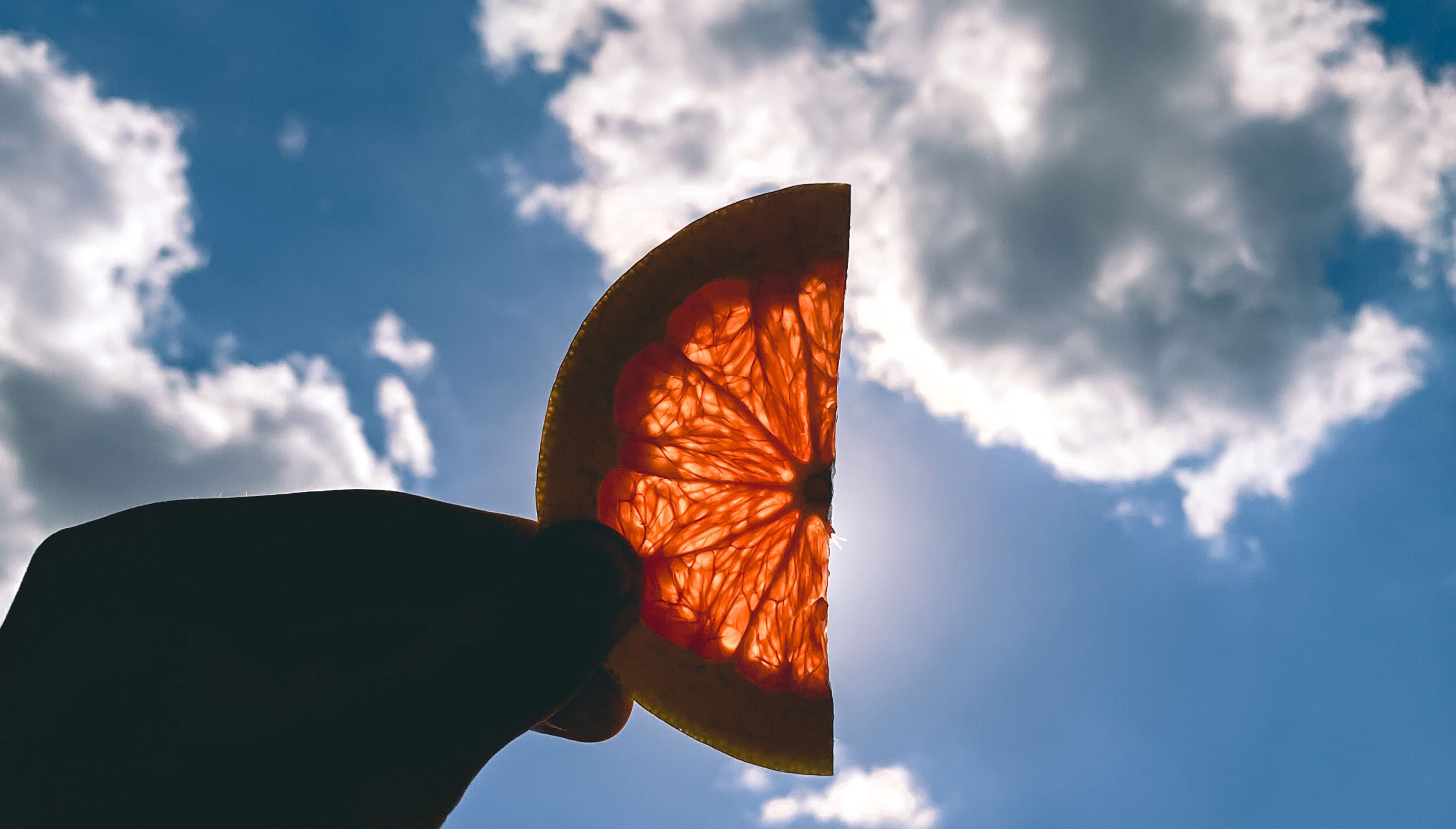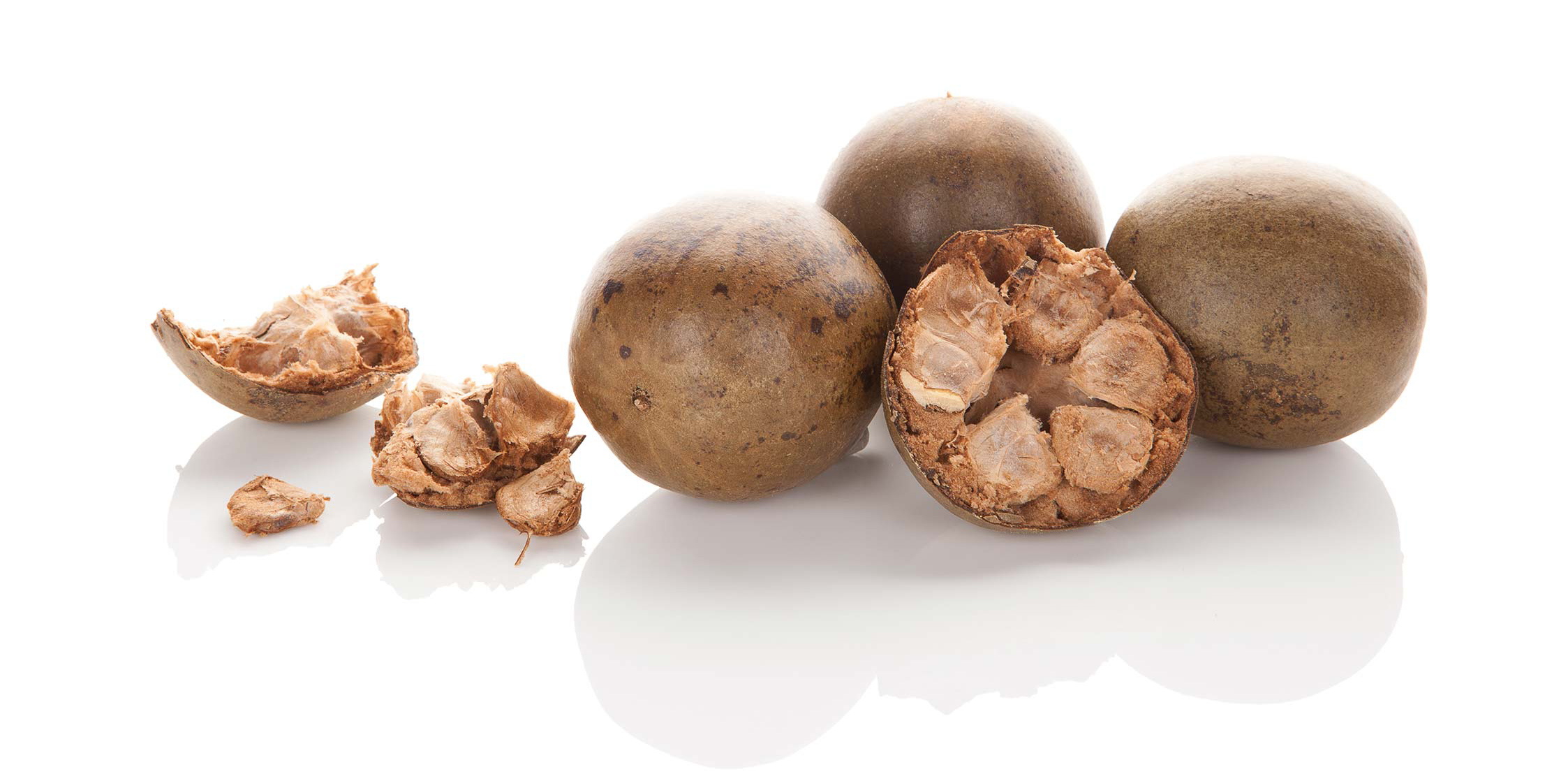By David Pring-Mill
The following text has been excerpted from Sections 4.1—4.1.2 of the Policy2050 report “D2C in Health/Wellness CPGs, 2021: Strategic, Social, and Policy Considerations,” in order to serve as a product sample and fulfill Policy2050’s mission “to keep the most socially-relevant insights outside of any paywall.”
A growing trend and a strategy in D2C could be described as: “Take a vice and make it healthy.”
Across categories of consumer packaged goods, D2C entrepreneurs haven’t merely been taking existing health/wellness products and modifying or enhancing them. Many are proactively trying to recategorize what may be thought of as unhealthy indulgences.
It’s not a new concept, and it certainly predates this current surge of D2C. However, these tech-enabled business models and product evolutions work well together.
A similar strategy, detailed in the Policy2050 reports on functional beverage categories, is to “find the right mixture of flavor and function.”
Vice and virtue products are sometimes distinguished based on how consumers approach or react to them, with the former category triggering impulsive decision-making and the latter being sought out for health benefits following deliberative thinking.

Thomas et al. (2012) observed that “the notion of vice-virtue products is firmly entrenched in the literature” in spite of these subjective considerations and ambiguities. The researchers sought to clarify food categorizations through surveying.
Their results confirmed that impulsiveness and unhealthiness ratings are highly correlated, and they computed a vice-virtue index based on these evaluations.
It’s possible to extrapolate from this academic literature that taking a vice product and making it less so, or even virtuous, could increase sales by appealing to impulsivity. Such a tactic might also increase sales by making the product compliant with diets that are very much a function or expression of deliberative thinking.
Several years ago, there was a surge of food and beverage startups seeking venture funding for versions of sweets that complied with the ketogenic diet. When investors asked the founders how they made these products taste indulgent or at least palatable, in spite of dietary limitations, many of them almost leaned in and confided that their secret ingredient was monk fruit.
It wasn’t a well-kept secret, or really a secret at all…
As word spread that the sweetness of this Asian fruit came from mogrosides, which are processed differently in the human body than common sugars, monk fruit became widely available, not only in product reformulations but in dried and powdered forms.

The ingredient has been described as 150 to 250 times the sweetness of sugar and this effect led to equally dramatic growth. One monk fruit supplier, Apura Ingredients, sets that range at “230 to 260 times sweeter than sucrose” and notes that it’s freely soluble in water (a key factor for beverage companies).
Another supplier, Ingredients by Nature, claims to have formulated a monk fruit ingredient that “has a focus on the fiber content instead of its ability to be used as a sweetener.”
In 2018, Nielsen data showed that the use of monk fruit was up 20% in foods, such as cereal and nutritions, and it soared by over 150% in vitamins and lactose-free milk.
For consumers, the resulting products contravened the idea that they couldn’t have their cake and eat it, too; or rather, have their diet and eat cake (see: keto chocolate cake recipes). They found versions of the foods and beverages that they loved, while still adhering to stringent diet resolutions.
However, the pandemic has affected virtually everything, with the Netherlands government-funded Centre for the Promotion of Imports observing: “It is too early to state how long the coronavirus crisis will impact supply chains for agricultural products such as natural food additives. Some analysts expect European food manufacturers to move towards sourcing locally and regionally to mitigate supply chain risks.”
Clearly, many options for ingredients exist, which could reshape consumer goods categories, but supply chain challenges are far from over. Policy will also continue to have an impact. Under the Biden administration, trade is perhaps less likely to be pursued as a zero-sum game.
Either way, innovators can think beyond monk fruit!
Pricing implications of vice-virtue recategorizations in D2C
As discussed, consumers’ intentions are relevant to the determination of the vice-virtue index.
Other academics have directly invoked timelines in their food classifications, with the underlying assumption that vice products provide immediate benefits in the form of indulgent tastes but with delayed costs, such as obesity, and that virtue products bring about better long-term health but with less gratifying tastes.
Recent food innovations are increasingly defying this assumption. Furthermore, ecommerce/D2C is quickly facilitating these innovators’ access to the market, which should have ripple effects on pricing strategies.
Wertenbroch (1998) observed that the high impulsivity of vice products often leads to economically irrational attempts at self-control, where people regularly buy vice products in smaller pack sizes, forgoing the sizable per-unit savings from larger value sizes to limit their own stock and, therefore, consumption opportunities. In other words, it’s an attempt at willpower management. Wertenbroch called this type of self-rationing consumer behavior “intuitively appealing yet theoretically problematic.” His field studies confirmed that businesses make relative vices more expensive than relative virtues when bought in small packages.
Consumers’ self-imposed rules may increase their financial costs. However, breaking these rules carries a psychological cost by pitting willpower against an “initiating hedonic force,” i.e. the displayed product, its quantity, and price tag, according to Hoch and Loewenstein (1991).
They further argued that rational choice theory reduces the view of consumers to “dispassionate information processors” and echoed the work of other academics by arguing that emotional factors exist alongside rational concerns and the total consumption experience consists of more than actions or reactions. They defined “self-control” as conscious efforts on the part of consumers to behave consistently.
Dobson et al. (2017) argued that sugary soft drinks are in the crosshairs of public health advocates not only because they pair high calories with an absence of nutritional content but “because of the way that vendors encourage excessive consumption by pricing jumbo-size portions to look like bargains while making smaller portions appear overpriced.”
Furthermore, any business losses associated with value sizes, particularly in the scenario of free refills from soda fountains, are effectively subsidized by the consumers paying a premium for the smaller sizes, in what could be interpreted as acts of self-restraint. Dobson suggests that retailers and consumer brands are strategically driving a wedge between two consumer types or inclinations, the value-conscious or price-conscious and the health-conscious, when they price items in ways that are not representative of true product costs.
These different value systems create different vulnerabilities, which are exploited through different offers. Consumers are “either willing to pay a high price for being disciplined or succumb to temptation and take the bargain offer but suffer from overconsuming.”
The health-conscious, self-control aspect explains why purchasers of vice products have been found to be less price elastic, and why promotions are stronger in virtue categories. As Chen et al. (2020) phrased it: “consumers don’t need to find justifications for consuming larger quantities of healthy products.”
EY consultant Janet Balis recently wrote that her firm had conducted extensive surveying and identified 5 different cohorts of consumers that will have greater relevance in the post-COVID world. (While not explicitly stated in the firm’s analysis, these cohorts also potentially have overlaps and conflicts in their value systems that might inform pricing strategies.)
The EY breakdown went as follows:
- Affordability first (32% of consumers)
- Health first (25%)
- Planet first (16%)
- Society first (15%)
- Experience first (12%)
Ecommerce and D2C introduce new variables to pricing considerations in terms of shipping. Smaller pack sizes of vice products may not justify the shipping cost or, for some consumers, may not even justify the hassle of tracking/receiving the package. An especially small vice shipment may give rise to additional feelings of guilt due to the adverse personal health impact coupled with the environmental impact.
Shopify, the fast-growing ecommerce platform, notes in its strategic content that “pricing also tends to be far more straightforward with subscription-based businesses, as stores focus on macro pricing with tiers, rather than individual prices on an array of products.”
For these and other reasons, the many recent vice recategorizations happening through ecommerce or D2C could disrupt the now decades-old models of consumption self-control and associated pricing strategies.
Pricing implications of abundant information and misinformation
Vice-virtue recategorizations and the positioning of products through content marketing will have ripple effects on pricing strategies across channels.
D2C health/wellness brands are operating in a digital environment where the paradox of choice thrives, and information (or “content”) overwhelms the capacity for attention. There isn’t merely a surplus of product information; there is information about the founders, the brand story, all of the eureka moments, whether real or constructed for the sake of narrative.
This digital environment, wherein product/business information dissemination may form planks that lead to product discovery or other forms of commercial reward, is growing extensively not by the day or hour, but by the second. It might prompt brands to support their health/wellness claims with more extensive or precise content for the deep researching consumers, and the search engines. Simultaneously, they might broaden their health/wellness claims, while truncating actual word count on certain pages or top of funnel materials, for those seeking shortcuts in their purchase decisions.
It’s not just a matter of information abundance. There are different versions of product information in different content types, across different channels, which also has implications for pricing strategies. It’s even possible to take what is essentially the same product and market it with different positioning and pricing.
It’s easy to forget what a departure this all is from the pre-internet days, when the scarcity of information turned product pricing into an indicator of product quality in the eyes of many consumers, as expressed by the saying “you get what you pay for.”
In a paper on this topic from 1971, business theorist Arthur G. Bedeian determined that pricing, as well as firm size, financial success, and age, formed the basis of consumers’ product quality assessments because “the real-world consumer of today [today being 1971] suffers from lack of information concerning both purchase alternatives and product quality” and “in many cases the acquisition of such information is either impossible or too costly to obtain.”
The abundance of information, available at the fingertips of any mobile user, could not make this less true in 2021.
However, a new problem arises in the form of information credibility as brands try to optimize or promote their search results to create favorable impressions, game the online review systems, and exchange dollars for recommendations from influencers who often do not abide by FTC guidelines or disclose these sponsorship arrangements clearly and prominently.
In 1971, Bedeian noted that the nearly synonymous concepts of price and quality indicated a trust in the forces of supply and demand, “based on the assumption that prevailing market prices exist because they were found to be fair and reasonable.” He described this sentiment as theoretically reasonable but flawed in practice: “Market prices often are indicators of exactly what the uninformed consumer is capable of himself. That is, they are often simply the aggregate monetary expressions of the average opinion of other uninformed buyers.”
Today, of course, the average opinion of other overly-informed buyers is represented in online reviews.
There is also great uncertainty, on the part of brands, around optimal and dynamic pricing.
In a 2019 Bain & Company survey of nearly 1,100 consumer companies, 78% of respondents acknowledged that their pricing strategies could be improved and that their failure to optimize meant lost profits. Only 17% indicated that their decision-making was consistent with price positioning.
Bain concluded that top-performing consumer companies increasingly focus on two innovative areas of pricing: shaping price perception and adopting dynamic pricing.
The full report “D2C in Health/Wellness CPGs, 2021: Strategic, Social, and Policy Considerations” is now available for purchase on Policy2050.com.